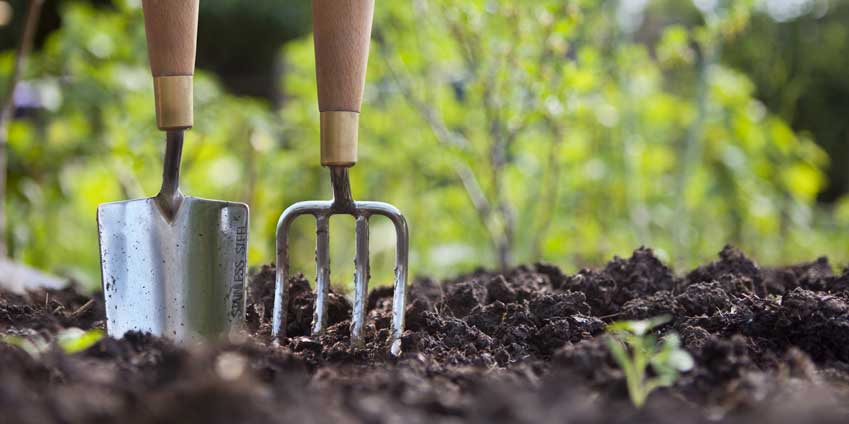A thriving garden begins with healthy soil, and using the right fertilizer is essential for nourishing your plants, trees, and shrubs. With so many options on the market, it can be overwhelming to determine which fertilizer is best for your garden. In this blog post, we’ll explore the basics of garden fertilizers, including understanding the NPK ratio, the benefits of organic options, and tips for application.
Understanding the NPK Ratio
The NPK ratio on a fertilizer package refers to the percentage of Nitrogen (N), Phosphorus (P), and Potassium (K) contained in the product. These three nutrients are essential for plant growth and development:
- Nitrogen (N): Promotes healthy foliage and overall plant growth. It is particularly important for leafy vegetables and lawns.
- Phosphorus (P): Supports strong root development and is crucial for flowering and fruiting plants.
- Potassium (K): Helps regulate water and nutrient movement within the plant and improves resistance to pests and diseases.
A balanced fertilizer, such as 10-10-10, contains equal parts of each nutrient, while a specialized fertilizer may have a higher percentage of one nutrient to target specific needs. For example, a 5-10-5 fertilizer would be higher in phosphorus to support flowering plants.
Organic Fertilizer Options
Organic fertilizers are derived from natural sources and can offer several benefits for your garden:
- Improved soil health: Organic fertilizers help build soil structure, increase water retention, and promote beneficial microbial activity.
- Environmentally friendly: They are typically slower to release nutrients, reducing the risk of nutrient runoff and water pollution.
- Enhanced plant health: Organic fertilizers provide a wide range of micronutrients, resulting in more robust and resilient plants.
Popular organic fertilizer options include:
- Compost: Rich in nutrients and beneficial microorganisms, compost can be made from household and yard waste.
- Aged manure: Well-rotted animal manure, such as from cows, horses, or chickens, can provide a nutrient-rich, organic option for your garden.
- Bone meal and blood meal: These byproducts from the meat industry are high in phosphorus and nitrogen, respectively, and can be used to target specific nutrient needs.
- Fish emulsion: A liquid fertilizer made from fish waste, which provides a balanced nutrient profile and is easy to apply.
When and How to Apply Fertilizers
The timing and method of fertilizer application depend on the type of plants you are growing and the specific needs of your garden. Here are some general guidelines:
- Annuals and perennials: Apply a balanced fertilizer in the spring, just as new growth begins. Repeat every 4-6 weeks during the growing season, following the recommended application rate on the product label.
- Trees and shrubs: Fertilize in early spring, before new growth starts. Use a slow-release granular fertilizer, spreading it evenly under the canopy, and water thoroughly.
- Vegetable gardens: Apply a balanced fertilizer at planting time, mixing it into the soil. Side-dress with additional fertilizer as needed throughout the growing season, depending on the specific crop requirements.
Understanding garden fertilizers, including the NPK ratio and organic options, can help you provide the essential nutrients your plants, trees, and shrubs need to thrive. By selecting the right fertilizer for your garden and applying it properly, you’ll be well on your way to enjoying a lush, productive garden all season long.
